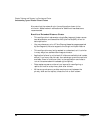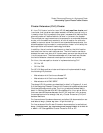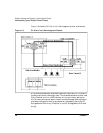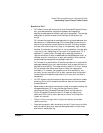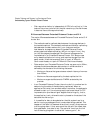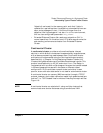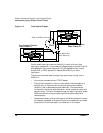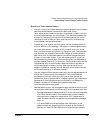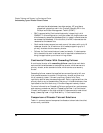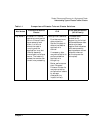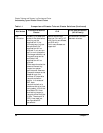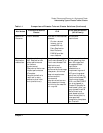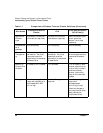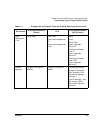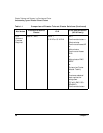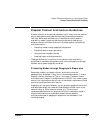
Disaster Tolerance and Recovery in a Serviceguard Cluster
Understanding Types of Disaster Tolerant Clusters
Chapter 130
replicate the data between two data centers. HP provides a
supported integration toolkit for Oracle 8i Standby DB in the
Enterprise Cluster Management Toolkit (ECMT).
• RAC is supported by Continentalclusters by integrating it with
SGeRAC. In this configuration, multiple nodes in a single cluster can
simultaneously access the database (that is, nodes in one data center
can access the database). If the site fails, the RAC instances can be
recovered at the second site.
• Continentalclusters supports a maximum of 4 clusters with up to 16
nodes per cluster (for a maximum of 64 nodes) supporting up to 3
primary clusters and one recovery cluster.
• Failover for Continentalclusters is semi-automatic. If a data center
fails, the administrator is advised, and is required to take action to
bring the application up on the surviving cluster.
Continental Cluster With Cascading Failover
A continental cluster with cascading failover uses three main data
centers distributed between a metropolitan cluster, which serves as a
primary cluster, and a standard cluster, which serves as a recovery
cluster.
Cascading failover means that applications are configured to fail over
from one data center to another in the primary cluster and then to a
third (recovery) cluster if the entire primary cluster fails. Data
replication also follows the cascading model. Data is replicated from the
primary disk array to the secondary disk array in the Metrocluster, then
replicated to the third disk array in the Serviceguard recovery cluster.
For more information on Cascading Failover configuration, maintenance,
and recovery procedures, see the “Cascading Failover in a Continental
Cluster” white paper on the high availability documentation web site at
http://docs.hp.com -> High Availability -> Continentalcluster.
Comparison of Disaster Tolerant Solutions
Table 1-1 summarizes and compares the disaster tolerant solutions that
are currently available:



